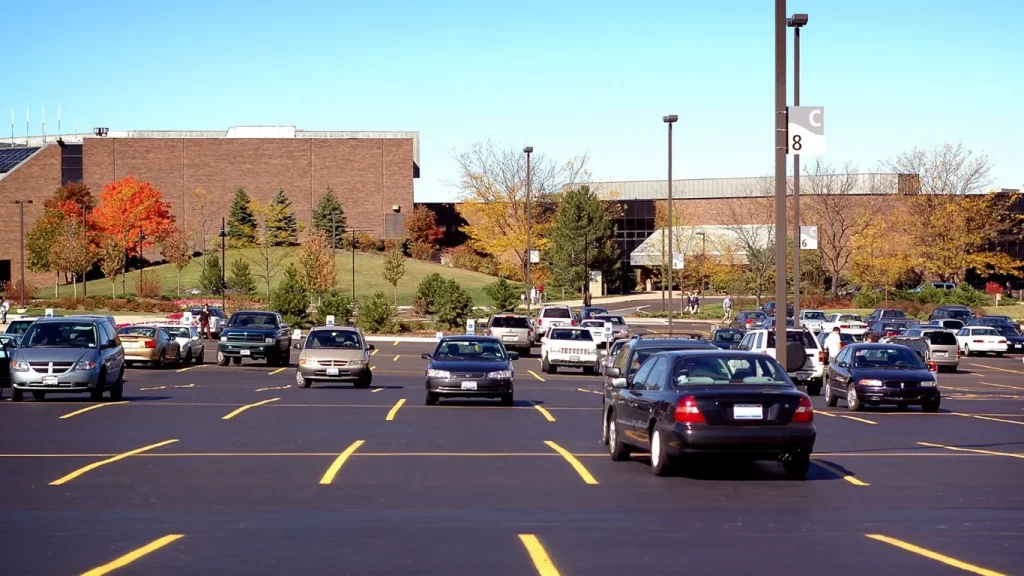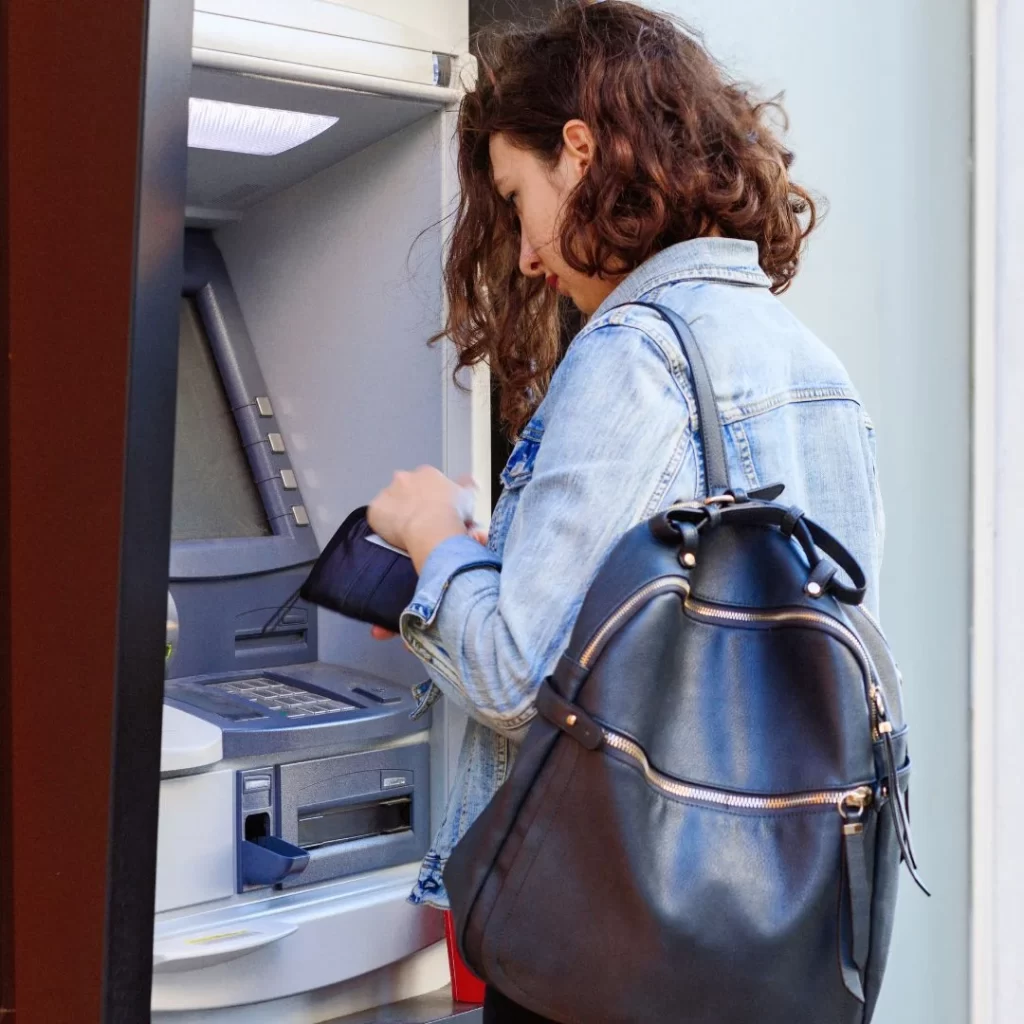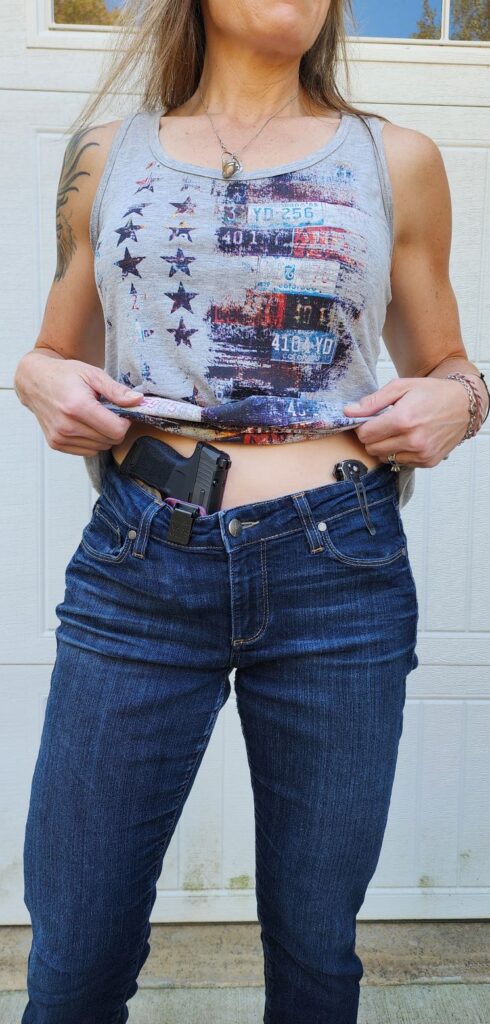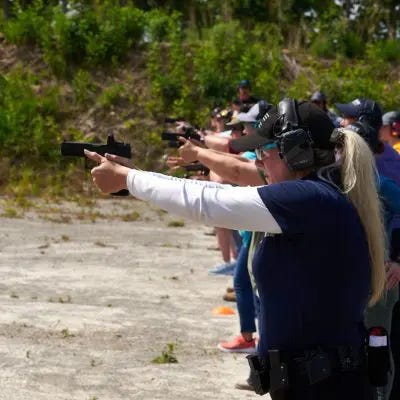Vulnerable Locations: What Every Woman Should Know About Transitional Spaces

Let’s be real, there are places we go every day that just feel a little off sometimes.
Parking lots. Gas stations. ATMs. That weird stairwell.
And it’s not just your imagination. These are called transitional spaces. Criminals often target busy spots where people are on the move and distracted, making it easier for them to find their next victim.
I want to break this down for you today. We’ll cover common danger zones, show you what to look out for, and I’ll share a real situation at a gas station where I acted fast to prevent things from going bad.
This isn’t about being paranoid. It’s about being prepared, confident, and one step ahead.
What Are Transitional Spaces?
Transitional spaces are areas where you’re moving from one place to another. Examples:
- Parking lots and garages
- Gas stations
- ATMs
- Public transit stops
- Hotel hallways and elevators
- Stairwells
Why do criminals target them?
- People are often alone
- Distractions are high (phones, keys, bags)
- Escape routes are limited
- People are less likely to notice or help
These places create opportunity and the more aware and prepared you are, the less likely you are to be that opportunity.
My Personal Gas Station Story
I pulled into a gas station one day and spotted a man hanging out on the other side of the building. Right away, my awareness kicked in. I purposely chose pumps on the opposite side to avoid him. But as I was halfway out of my car, I saw him approaching, walking straight toward me, saying that he thought I was his “mama.” (Let’s be clear, this man was older than me, and this was meant to either throw me off or it was just crazy talk. Either way, don’t come near me.
In that split second, my instincts took over. I immediately raised my voice, put my hand out in a firm stop gesture, and let him know, loudly and clearly to back off. Honestly? I was a little rude on purpose, I needed him to understand I wasn’t going to be an easy target.
I stayed right there, using my car door as a barrier between me and him. That bit of distance made a difference. He got the hint, apologized, and walked away.
It ended without a fight, but it was a reminder: even in broad daylight, even when you try to avoid someone, you’ve got to be ready to act quickly.
Let’s Talk About These Vulnerable Spots (and What to Do)
1. Gas Stations
Common tactic: Criminals “slide” into cars to steal, or approach people directly, banking on the fact that you’re distracted while fueling.
What to do:
- Lock your car doors while you pump.
- Stay off your phone. This is where you can get blindsided.
- Keep your head on a swivel and watch for people lingering nearby or approaching.
- Choose busy, well-lit stations, especially at night.
- Keep your car between you and anyone who comes too close. Like I did.
2. Parking Lots & Garages
Common tactic: Hiding between cars, pretending to ask for help, waiting for you to unlock doors.
What to do:
- Have your keys ready before you leave the building.
- Walk with your head up and scan around.
- Avoid parking next to large vehicles that block your view.
- Lock doors as soon as you get in.
- If someone approaches, use your voice: “Stop right there!” Loud and firm works.
3. ATMs
Common tactic: Approaching while you’re focused on the screen or cash, using surprise and proximity.
What to do:

- Choose ATMs in well-lit, busy areas.
- Avoid using them after dark if you can.
- Scan the area before you get out or pull up.
- Keep your car doors locked at drive-ups.
- Grab your cash and go, count it later.
Other Sneaky Danger Zones to Be Aware Of:
- Hotel hallways and elevators
- Public transit stops
- Stairwells with limited exits
Lessons I’ve Learned (and Want You to Take With You):
- Trust your gut. If someone makes you uncomfortable, it’s okay to act on that feeling.
- Use your voice. Loud, firm commands can stop someone in their tracks. (It worked for me at that pump.)
- Stay aware in transitional spaces. This is where predators look for distracted people.
- Create distance. A car door, a cart, your outstretched hand, it all helps.
- Practice your response. Know ahead of time what you’d do or say. That split-second confidence makes a difference.
Final Thought:
I’m not sharing this to scare you. I’m sharing it because preparedness builds confidence. When you know what to watch for and how to respond, you walk through the world stronger, safer, and less likely to be targeted.
So next time you find yourself in one of these transitional spaces. A gas station or parking lot, stay sharp, trust your instincts, and move through it with confidence, knowing you’re prepared to handle what comes your way
Stay connected with us on Facebook and Instagram for more self-defense tips, safety insights, and empowering content tailored to help women walk their path with confidence. Let’s keep the conversation going. Join us today!






Responses